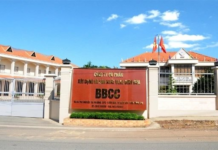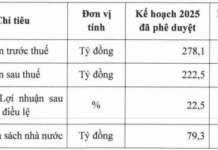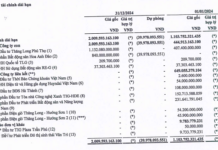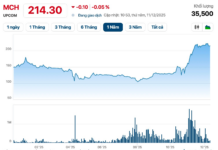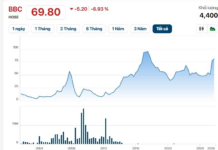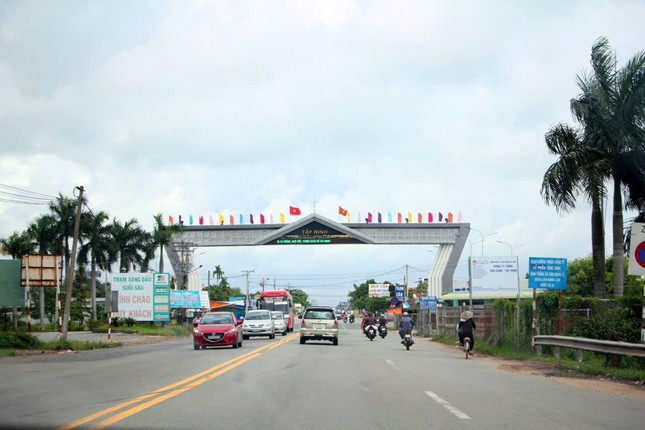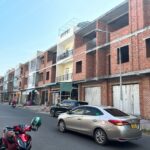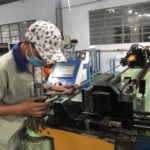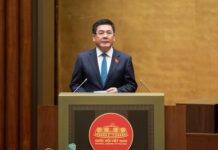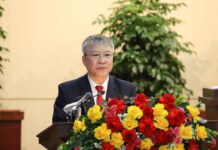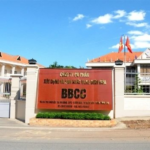
Gateway to Tay Ninh Province.
At the meeting, the Tay Ninh Province Department of Construction presented the proposal for the master plan for the inter-county Region – Region 1 (Key Region). Accordingly, Region 1 is the southern driving force of Tay Ninh Province, the gateway connecting Tay Ninh to Ho Chi Minh City and other provinces in the Key Southern Economic Region, and an important driver for the province’s urbanization process.
Tay Ninh Province’s master plan consists of three inter-county regions, including Region 1, which covers Trang Bang town, Go Dau district, part of Ben Cau district in the south, and Duong Minh Chau district in the south; Region 2, which includes Tay Ninh city, Hoa Thanh town, the western part of Duong Minh Chau district, and the eastern part of Chau Thanh district; and Region 3, comprising Tan Bien district, Tan Chau district, the western part of Chau Thanh district, and the northern part of Ben Cau district.
Mr. Nguyen Thanh Ngoc, Chairman of the Tay Ninh Provincial People’s Committee, agreed to adopt the master plan and materialize the provincial plan by starting with Region 1, the key region, as a foundation for planning the remaining regions. This is also the first inter-county regional plan among the province’s regional plans, in line with the master plan for Tay Ninh Province.
The Hoard of ‘Staggering’ Evidence and Assets Seized in the Van Thinh Phat Group Case
As of now, the total amount held in the account of the Ho Chi Minh City Department of Civil Judgment Enforcement, transferred by the Ministry of Public Security’s Investigation Agency and deposited by individuals and organizations in the Van Thinh Phat case, stands at over VND 4,250 billion and USD 27 million (equivalent to VND 685 billion).
Unlocking Capital for Businesses: Access up to 200 Billion VND with 0% Interest Rates
“The Ho Chi Minh City government is offering preferential loans of up to VND 200 billion per project at 0% interest to businesses with projects in the supporting industries sector. This initiative aims to boost key industries, including automation and mechanical engineering, electronics, information technology, textiles, and footwear.”











